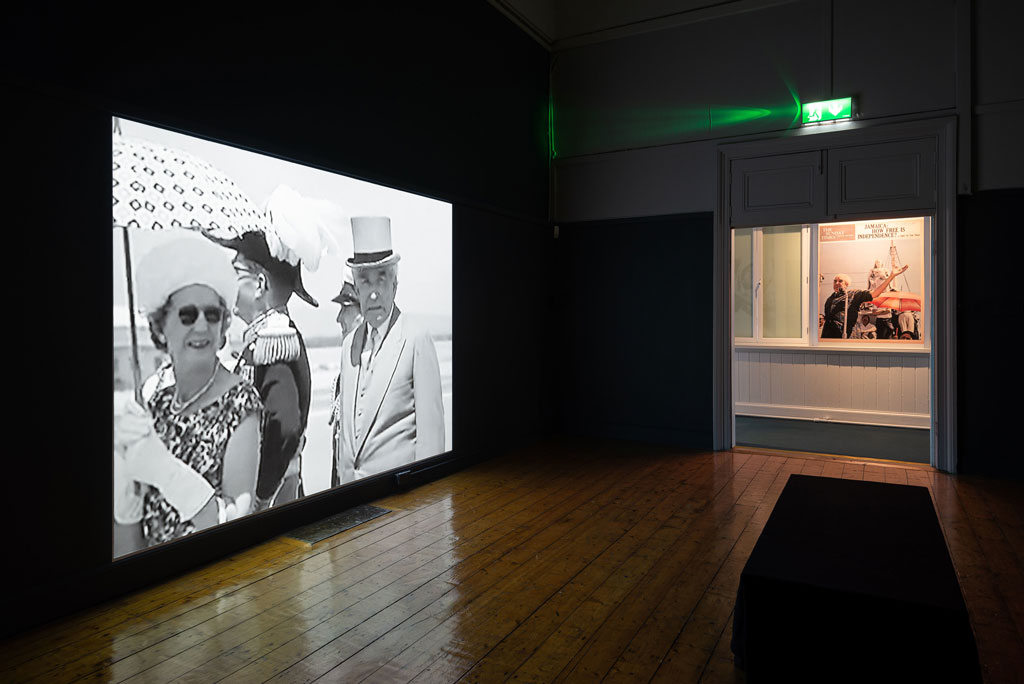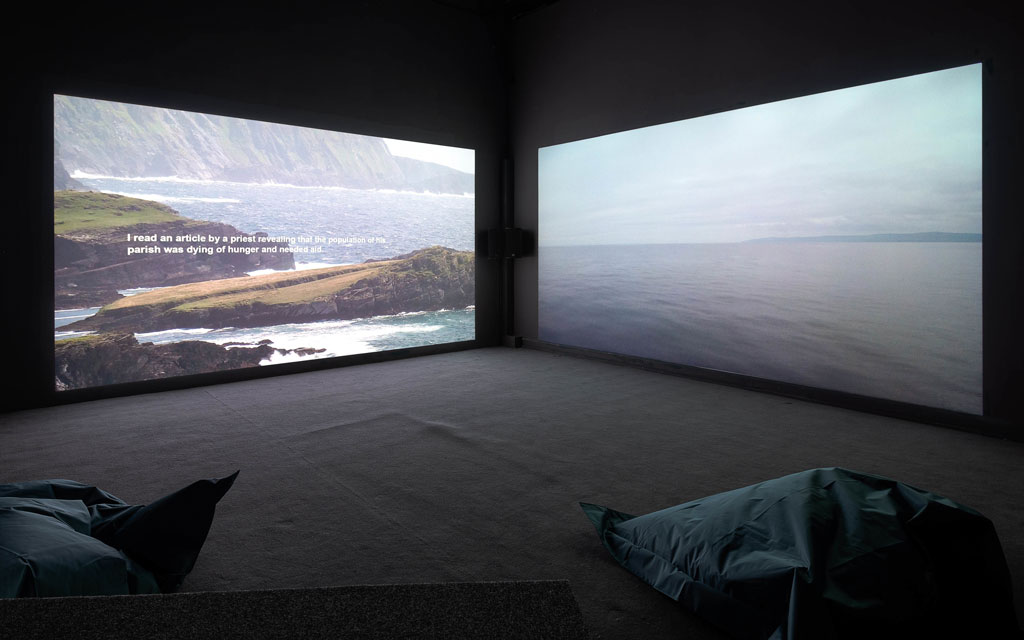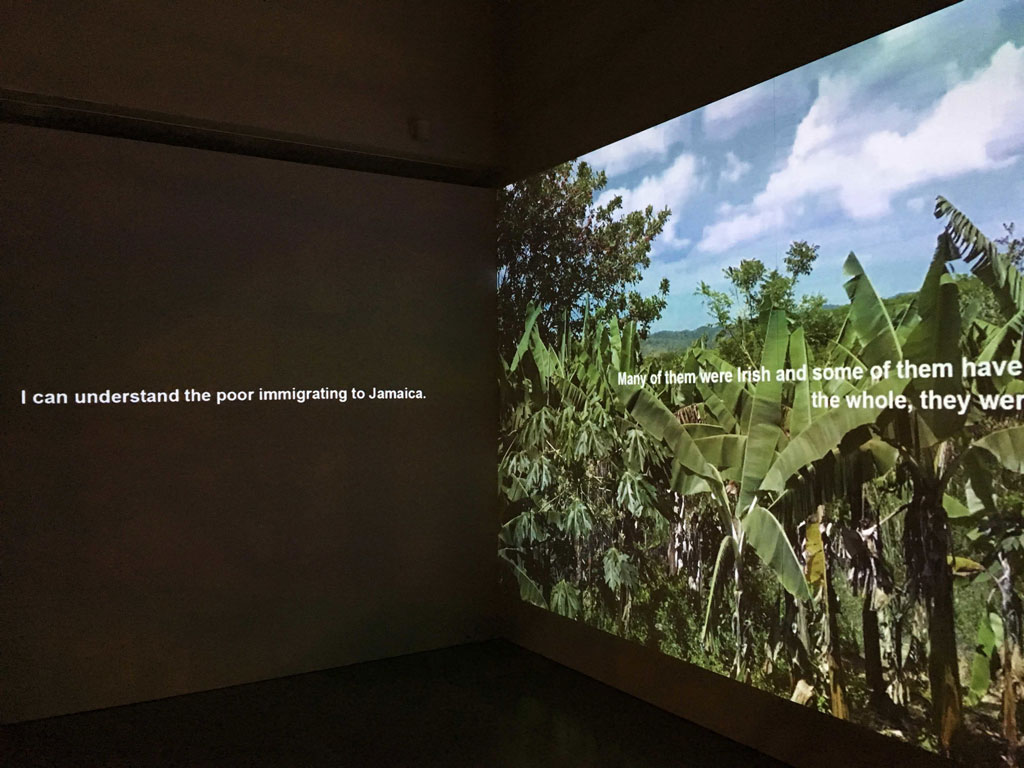ART-PRESENTATION: Marianne Keating-The Ocean Between, Part I
 Marianne Keating’s work explores different aspects of society’s private emotions. Through the use of language and social engagement the artist focus on parts of everyday life that are not often discussed. The physical engagement of the public who are an integral part of her practice decide to secretly divulge their inner thoughts which are then projected back in a public sphere. This allows an anonymous tension to be reached through the juxtaposition of the private and the public (Part II).
Marianne Keating’s work explores different aspects of society’s private emotions. Through the use of language and social engagement the artist focus on parts of everyday life that are not often discussed. The physical engagement of the public who are an integral part of her practice decide to secretly divulge their inner thoughts which are then projected back in a public sphere. This allows an anonymous tension to be reached through the juxtaposition of the private and the public (Part II).
By Dimitris Lempesis
Photo: Crawford Art Gallery Archive
Marianne Keating’s multimedia installation “The Ocean Between” at Crawford Art Gallery focuses on the movement of Irish indentured labourers* to Barbados in the 17th Century and to Jamaica in the 19th Century, examining their resulting legacies in the contemporary Caribbean. Tracing the migration of the Irish from ports including Cork, Limerick and Belfast, she explores the 18th century role of the Customs House, the Gallery is now located. Keating determines new narratives in response to the dominant master narratives of Western nationhood, rewriting the histories of the dominated ‘other’. Excavating official government documents at the Irish, English, Jamaican and the Barbadian National Archives, alongside on-site investigation of other remaining visual and material traces, the artist accumulates overlooked traces and disregarded accounts. Keating seeks to insert a series of previously muted or silent voices into the archive and to give them presence. Through the examination of oral, private and disregarded histories, her multi-disciplinary approach to the research, the archival record and the archival image questions the legitimacy of the archive and falsification within the recorded image and text. Marianne Keating’s ongoing research in Jamaica and Barbados has enabled her to consult records only accessible in the Caribbean, alongside onsite investigation in the communities where these descendants still live. The analyses of this material and sites are fundamental to Keating’s practice-based output, which involves the gathering of oral histories through interviews, film footage, research and documentation. “Landlessness” (2017) is a dual screen film of which one video tells of the economic hardships of the Catholic Irish under British Colonial Rule and their resulting migration to Jamaica. The second video, which runs concurrently, explores the reason for the recruitment of Irish indentured labourers, their resulting movement, arrival and settlement in Jamaica. Keating juxtaposes images of Caribbean landscapes with text narratives of these indentured labourers. In “Better Must Come – A New Jamaica” (2019), Keating focuses on the legacies of Irish indentured labourers in contemporary Jamaica. Following the trajectory of the Irish in Jamaica, this film focuses on two cousins Norman Washington Manley and Alexander Bustamante whose grandfathers worked on the island’s King Valley Estate. Both men would become the driving forces in the two-party political system and their legacies are still felt today in Jamaican politics. In other work, created specifically for this exhibition, the artist harnesses post-colonial and archival theory, focusing her attention on the subaltern “poor whites” community on the East Coast of Barbados, a minority locally well-known although historically under-represented. Believed to be descendants of indentured labourers or servants (both voluntary and involuntary from Ireland, England, Scotland and Wales) since their arrival in the 17th Century, the creolisation process now makes it difficult to determine their exact origins.
*Ιndentured work: A system of forced labour in which people are contracted to work for a specified period of time, with no option to leave before the end the contract. Britain used the system widely after the abolition of slavery, transporting indentured labourers from China and India to work in its colonies. The contracts usually stated that the workers had to work to repay the cost of their transport and cover the cost of their keep.
Info: Crawford Art Gallery, Emmet Place, Cork, Duration: 21/6-22/9/19, Days & Hours: Mon-Sat 10:00-16:45, Sun 11:oo-16:00, www.crawfordartgallery.ie




